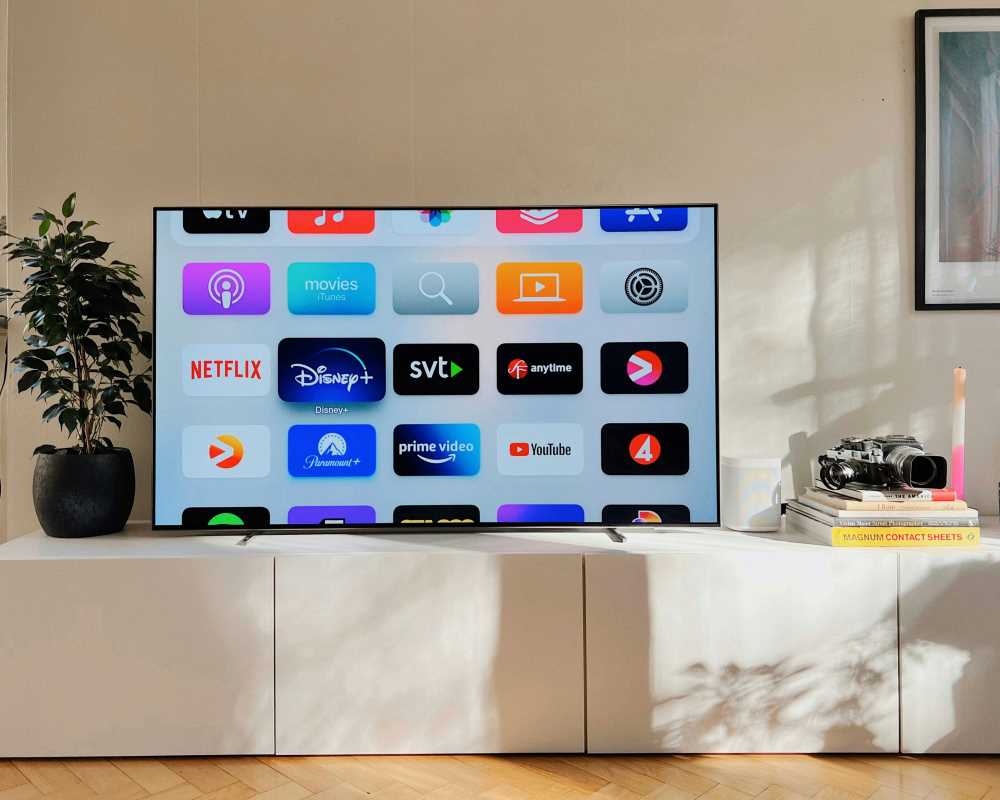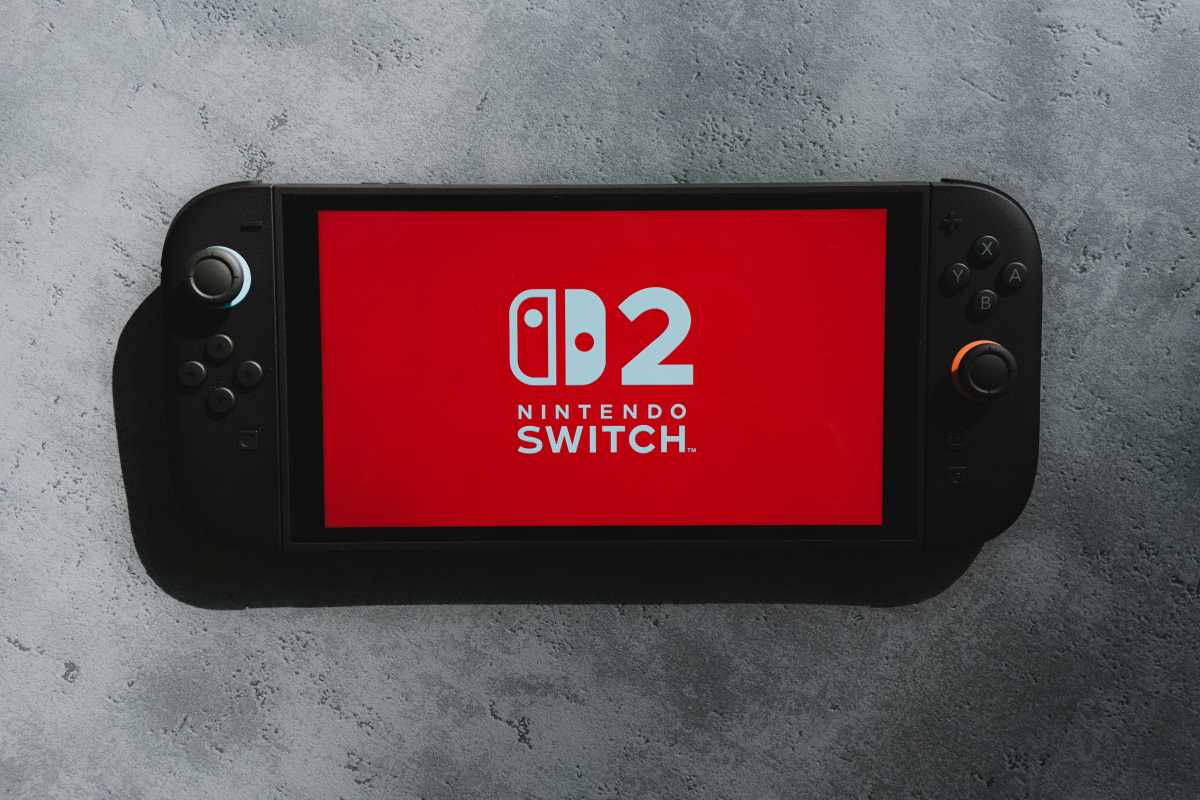The streaming wars have reached peak chaos, and your wallet is probably feeling it. With every network launching its own platform and prices climbing faster than your monthly screen time, it's time for a real talk about which services actually deserve your hard-earned cash. Let's break down the major players and help you figure out which ones align with your binge-watching habits and budget reality.
Netflix
The Case for Keeping It:
Netflix remains the undisputed king of original content, consistently dropping shows that become cultural phenomena. From Wednesday to Stranger Things to international hits like Squid Game, they know how to create buzz-worthy content that gets everyone talking. Their algorithm is genuinely helpful at suggesting shows you'll actually watch, and their global library means you'll always discover something new. The user interface is smooth, works across all devices, and their download feature is perfect for commutes or travel.
The Case Against:
At $15.49 for the standard plan, Netflix isn't cheap anymore. They've been cracking down on password sharing, which was honestly half the appeal for many users. The quality can be hit-or-miss—for every Bridgerton, there's a dozen forgettable movies that feel like they were made by AI. They also have a frustrating habit of canceling shows after one or two seasons, leaving you emotionally invested in storylines that will never get proper endings.
Disney+
The Case for Keeping It:
Disney+ is unbeatable if you're into Marvel, Star Wars, Pixar, or classic Disney content. The value is incredible at $7.99 per month, especially considering the high production values of their originals. Shows like The Mandalorian and Loki are genuine blockbuster experiences at home. It's perfect for families with kids—endless content that parents can actually tolerate watching repeatedly.
The Case Against:
If you're not into Disney's ecosystem, the content library feels limited. Most of their original series take forever between seasons, and outside of Marvel and Star Wars, there's not much for adult audiences. The interface can be clunky, and their search function is surprisingly bad for such a tech-savvy company.
Max (HBO Max)
The Case for Keeping It:
Max combines HBO's premium content with Warner Bros' extensive library, giving you everything from House of the Dragon to classic films. Their original series are consistently high-quality, and they don't shy away from mature, complex storytelling. The same-day movie releases were a game-changer, and their documentary selection is top-tier.
The Case Against:
At $15.99 for ad-free viewing, it's pricey. The rebrand from HBO Max created unnecessary confusion, and they've been removing content left and right to cut costs. Their app interface isn't as polished as Netflix's, and the content updates can be inconsistent—sometimes you're waiting months for new episodes of your favorite shows.
Hulu
The Case for Keeping It:
Hulu excels at providing next-day access to current TV shows, making it perfect if you don't have cable but still want to keep up with network television. Their partnership with Disney gives you access to an impressive content library, and their original series like The Handmaid's Tale and Only Murders in the Building are genuinely excellent. The bundle with Disney+ and ESPN+ offers incredible value.
The Case Against:
The ad-supported tier (starting at $7.99) has way too many commercials, and the ad-free version at $17.99 is expensive. Their interface feels dated compared to competitors, and the content recommendations aren't as sophisticated. On top of that, if you're primarily interested in movies over TV shows, Hulu's film library isn't particularly impressive.
Amazon Prime Video
The Case for Keeping It:
Prime Video comes bundled with your Amazon Prime membership, so if you're already paying for fast shipping, it's essentially free entertainment. They've been investing heavily in original content like The Boys, The Marvelous Mrs. Maisel, and The Rings of Power. Their movie selection is solid, and they often get newer releases before other streaming services.
The Case Against:
The user interface is notoriously terrible—finding what you want to watch feels like navigating a maze. They mix free content with rentals without clear distinction, leading to frustrating "gotcha" moments when you click on something thinking it's included. Their original content can be inconsistent, and if you're not using other Prime benefits, you're paying $8.99 monthly for a subpar streaming experience.
Apple TV+
The Case for Keeping It:
Apple TV+ focuses on premium original content with movie-level production values. Shows like Ted Lasso, Severance, and The Morning Show are genuinely outstanding. At $6.99 monthly, it's one of the most affordable options, and the streaming quality is excellent across Apple devices.
The Case Against:
The content library is extremely limited—you can probably watch everything worth watching in a couple of months. There's no catalog of older shows or movies to fall back on when their originals don't appeal to you. If you don't own Apple devices, the experience isn't as seamless.
Paramount+
The Case for Keeping It:
Paramount+ offers live sports (including NFL games), classic shows like The Office and South Park, and Star Trek content that you can't find elsewhere. Their true crime documentaries are top-notch, and shows like Yellowstone have dedicated followings. The essential plan at $5.99 is reasonably priced.
The Case Against:
The ad-supported tier has excessive commercials that interrupt shows at awkward moments. Their original content outside of a few hits feels generic, and the app performance can be glitchy. The content library, while broad, lacks the depth of more established competitors.
Peacock
The Case for Keeping It:
Peacock offers a surprisingly robust free tier with ads, making it accessible for budget-conscious viewers. They have exclusive rights to The Office (though that's ending), live sports including Premier League soccer, and some solid original series. The premium tier at $5.99 is affordable.
The Case Against:
The free tier has limited content and frequent ads. Their original programming hasn't gained much traction beyond a few shows, and the interface feels like a work in progress. Without major exclusive content, it's hard to justify another subscription when other services offer more compelling libraries.
AMC+
The Case for Keeping It:
AMC+ caters to specific niches extremely well—horror fans, British TV enthusiasts, and Walking Dead universe completists. Their curation of independent films and international content is impressive, and at $8.99 monthly, it's reasonably priced for what it offers.
The Case Against:
Unless you're deeply into their specific content niches, there's not enough variety to justify the subscription. Their marketing is virtually non-existent, so you might not even know about shows worth watching. The app interface is basic, and discovery features are limited.







